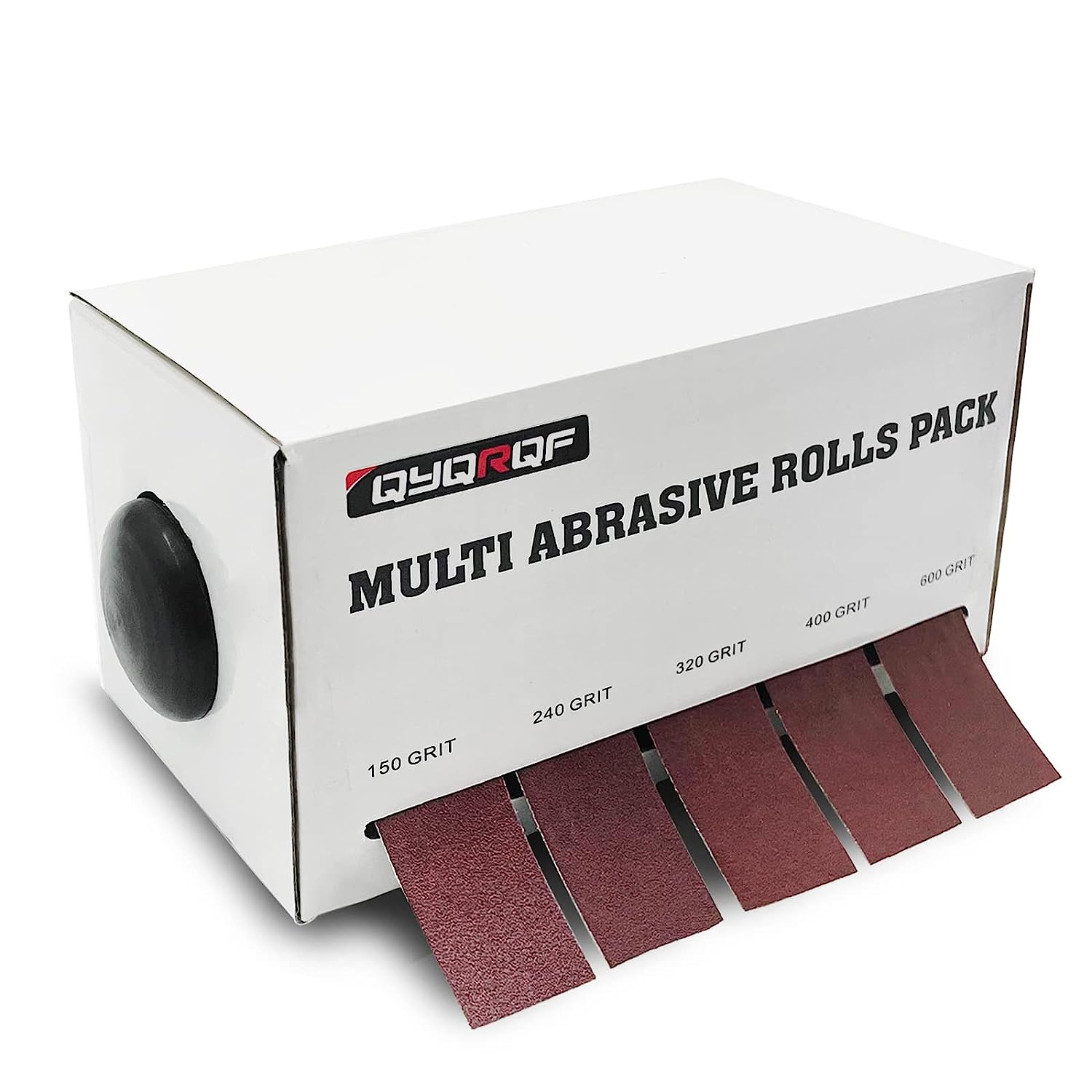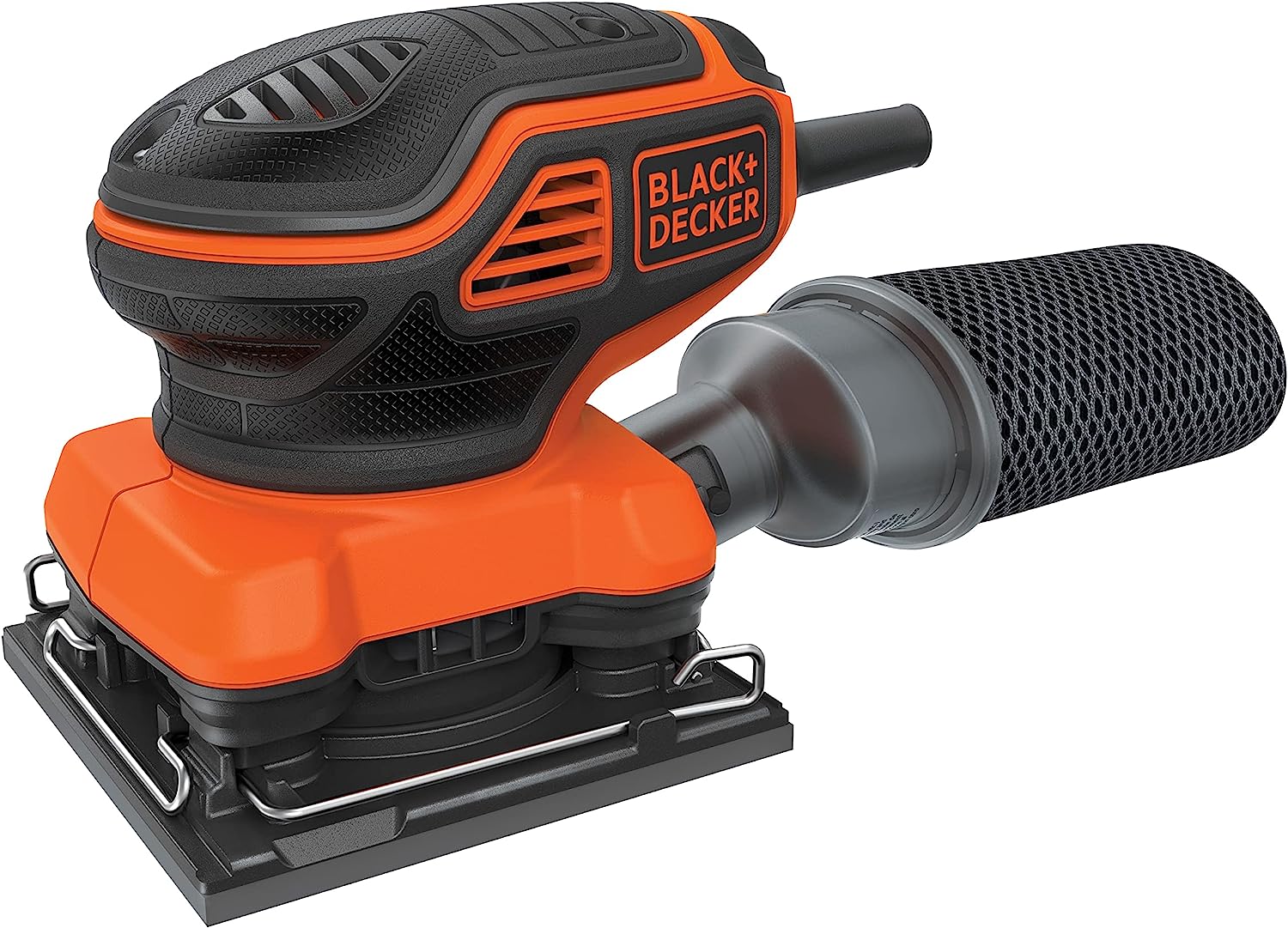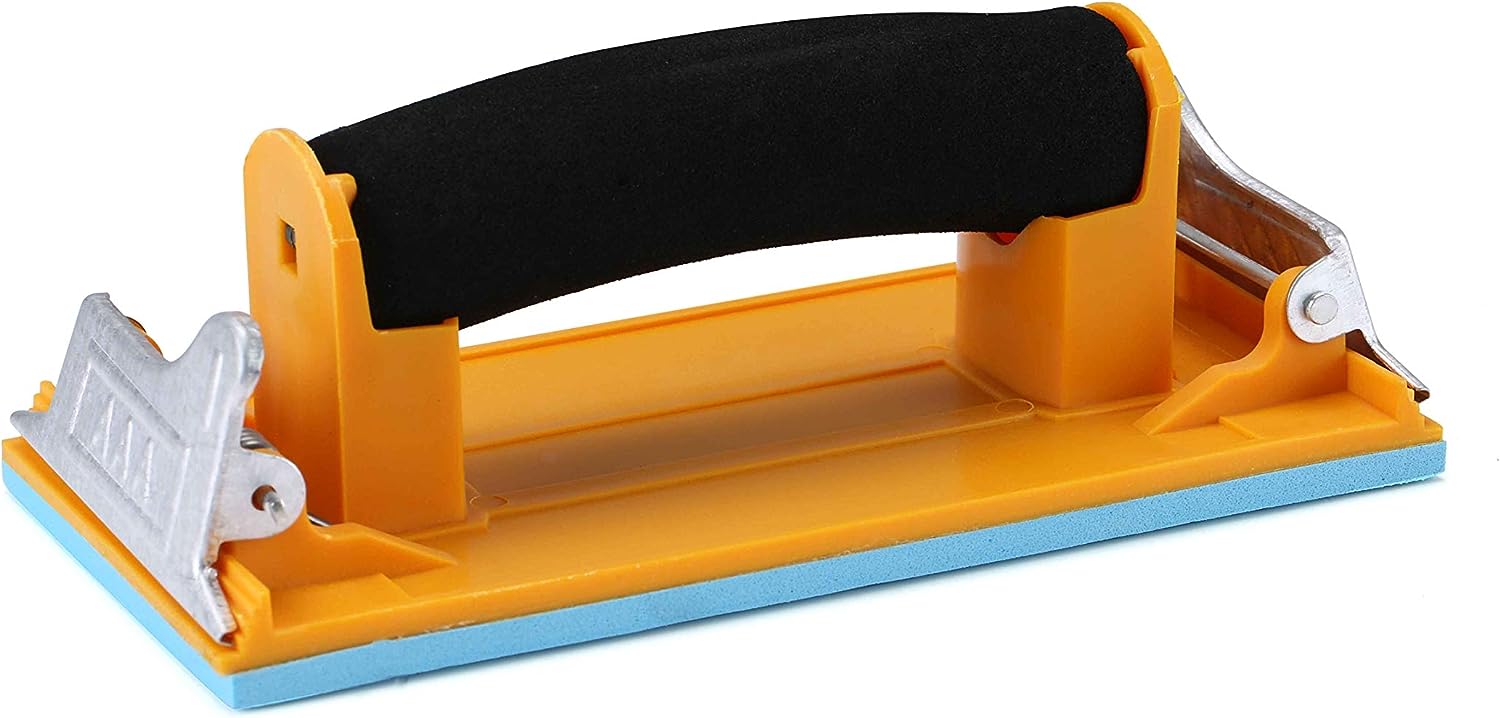Paper crafts have been a popular form of artistic expression for centuries. From origami to scrapbooking, paper crafts offer a wide range of creative possibilities. However, achieving the desired results often requires careful preparation and finishing. This is where sandpaper comes into play. Sandpaper, also known as abrasive paper, is a versatile tool that can be used to smooth, shape, and refine paper surfaces. In this article, we will explore the various applications of sandpaper in paper crafts and discuss its importance in achieving professional-looking results.
The Best Sandpaper for Paper

Emery Cloth Roll, 5 Grits Abrasive Sandpaper Rolls

BLACK+DECKER 2.0 Amp Electric 1/4 Sheet Orbit Sander

Aouker HS85180 Hand Sander
The Basics of Sandpaper
Sandpaper is a type of coated abrasive that consists of a flexible backing material, such as paper or cloth, and abrasive particles bonded to its surface. The abrasive particles, commonly made of minerals like aluminum oxide, silicon carbide, or garnet, vary in size and shape, determining the coarseness or grit of the sandpaper. The grit size is denoted by a number, with higher numbers indicating finer grits. For example, a sandpaper with a grit size of 80 is coarser than one with a grit size of 220.
Sandpaper is available in various forms, including sheets, rolls, discs, and belts. Each form is designed for specific applications and can be used with different tools, such as sanding blocks, orbital sanders, belt sanders, and drum sanders. Additionally, there are specialized types of sandpaper, such as wet-dry sandpaper for both wet and dry applications, and waterproof sandpaper for use in wet conditions.
Preparing Paper Surfaces
One of the primary uses of sandpaper in paper crafts is preparing paper surfaces for painting or other decorative techniques. Sanding the surface of the paper removes imperfections, such as rough spots, bumps, or fibers, creating a smooth and even base for further artistic endeavors. This is particularly important when working with delicate papers, such as handmade or textured papers, as they often have uneven surfaces that can affect the final result.
When preparing paper surfaces, it is essential to choose the right grit size of sandpaper. Coarse grit sandpaper, such as 80 or 100, is suitable for removing larger imperfections or roughening the surface for better adhesion of paint or other mediums. Fine grit sandpaper, such as 220 or higher, is ideal for smoothing the surface and creating a polished finish. It is important to note that sanding too aggressively or using too coarse grit can damage the paper, so it is advisable to start with a finer grit and gradually increase if necessary.
For example, when creating a mixed media artwork on a textured paper, sanding the surface with a fine grit sandpaper can help to eliminate any unwanted texture and provide a smoother surface for painting. This ensures that the paint adheres evenly and allows for better control over the final result.
Shaping and Sculpting Paper
In addition to preparing paper surfaces, sandpaper can also be used to shape and sculpt paper. This technique is particularly useful when working with thicker or stiffer papers that are difficult to fold or manipulate. By sanding the edges or specific areas of the paper, it becomes more pliable and easier to fold, bend, or shape into desired forms.
When shaping or sculpting paper, it is important to choose the right type of sandpaper. Sandpaper sheets or sanding blocks are commonly used for this purpose, as they provide a larger surface area for better control and precision. Fine grit sandpaper, such as 220 or 320, is typically used to shape and smooth the edges of the paper, while coarser grits, such as 80 or 100, can be used for more aggressive shaping or removing larger amounts of material.
For example, when creating three-dimensional paper sculptures, sanding the edges of the paper can help to create seamless joints and smooth transitions between different parts. This allows for a more refined and professional-looking final result.
Finishing and Refining Paper Crafts
Once the paper craft is complete, sandpaper can be used for finishing and refining the final result. Sanding the surface of the paper can remove any remaining imperfections, such as brush strokes, smudges, or uneven textures, creating a polished and professional-looking finish.
When finishing paper crafts, it is important to choose the right grit size and technique. Fine grit sandpaper, such as 320 or 400, is typically used for this purpose, as it provides a smooth and refined finish without damaging the paper. It is advisable to sand lightly and in a circular motion to avoid creating visible scratches or marks on the surface.
For example, when creating handmade greeting cards, sanding the edges of the paper can give them a distressed or vintage look. This adds a unique and personal touch to the cards and enhances their overall aesthetic appeal.
Conclusion
Sandpaper plays a crucial role in paper crafts by providing a versatile tool for preparing, shaping, and refining paper surfaces. Whether it is preparing the surface for painting, shaping and sculpting paper, or finishing and refining the final result, sandpaper offers a wide range of applications that can enhance the quality and appearance of paper crafts.
By choosing the right grit size and technique, artists and crafters can achieve professional-looking results and unleash their creativity to new heights. So, the next time you embark on a paper craft project, don’t forget to include sandpaper in your toolkit. It might just be the secret ingredient that takes your creations to the next level.



















